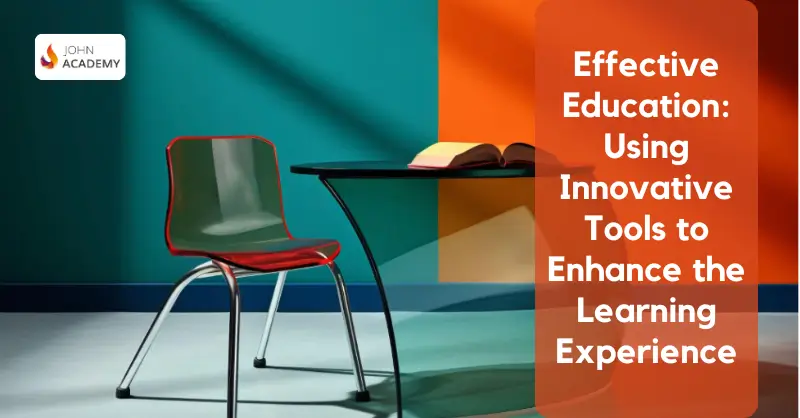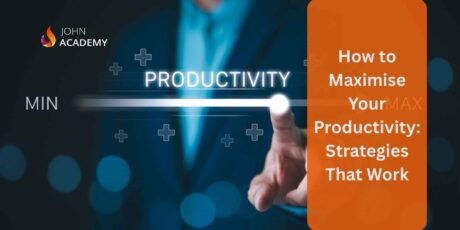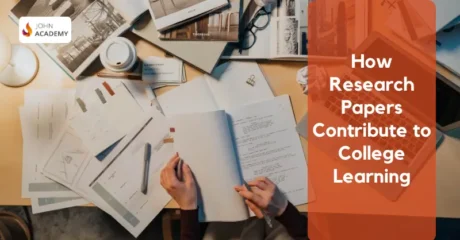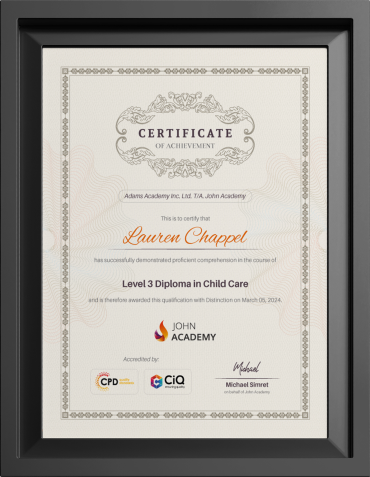

Effective education is necessary for the development of advanced and competitive societies. Nowadays, students have been looking for different ways to learn and teachers to teach; this is possible with various innovative tools.
According to the CEO of EltexSoft for Forbes, education is in a transitional moment. Presently, it is being transformed by rapid technological advances that determine how learning and teaching will take place in schools.
If used effectively, innovative tools can become powerful tools for optimizing the learning experience. But is it beneficial to adopt these technologies to educate? Moreover, do they work in the classroom and have a learning experience?
Why use tools to enhance learning?
Nowadays, innovative educational tools are increasingly in demand in a world where the evolution of society is faster and faster.
Learning tools such as Textero offer multiple benefits. Here are some key reasons for its implementation:
-
- Personalize learning: using digital platforms makes it easier to personalize your education, so you can acquire and retain knowledge according to your way of learning. In this way, the process adapts to the capabilities of the students.
-
- Access to diverse resources: having different online resources facilitates the learning process. For this reason, the use of educational videos, simulations, and interactive exercises enriches the entire educational process.
-
- Encourages collaborative learning: digital tools allow the collaboration of a group of students. This is possible through forums, group projects, or online chats.
-
- Real-time evaluations: teachers also have access to digital tools that allow them to evaluate student performance in real time. This is a practical way of adjusting the teaching method.
-
- Preparation for the future: when new technologies are integrated into education, they prepare students for the future. At university or in the working world, that increasingly demands digital and technological skills.
The use of online learning platforms generates a significant increase in education, achieving that students have improved their grades.
AI tools for education
It plays a significant role in modern education. It is designed with advanced education technology for machine learning. AI tools for education have the potential to personalize learning, automate tasks, and provide detailed analysis of student performance.
One such example is Textero, which is an AI-optimized tool to help with online essay writing, research, summarizing, etc. In short, it makes the life of the student and teacher-researcher easier so that they can dedicate themselves to learning.
To take full advantage of the benefits of AI as an innovative tool for learning, it is important to address challenges around access, information, and privacy. AI has been able to transform education for all.
Digital tools in education
Platforms are designed to enhance and facilitate the learning and teaching process. These tools are made from software, applications, and online platforms that can provide resources that are tailored to the individual learner’s needs.
Likewise, using technological tools is not only a traditional teaching method but offers ways to access, interact and process all the required information. Among the most popular online learning platforms are:
-
- Cousera: is one of the largest and most popular platforms worldwide. Students will find courses tailored to specializations, university degrees, and recognized companies. It also provides certificates in various areas.
-
- Khan Academy: provides its services free of charge, the student will find video lessons, interactive exercises, and a personalized learning dashboard. Its focus is to provide high-quality education for anyone, anywhere.
On the other hand, one can also make use of Learning Management Systems (LMS). On these platforms, educators can create, manage, and deliver educational content. The most used for effective monitoring of academic progress.
-
- Moodle: is an open-source LMS used in educational institutions around the world. From this platform, educators can create online courses, manage activities, and evaluate student performance.
- Blackboard: offers a full range of learning management tools. These can include discussion forums, assessment tools, and data analysis. This LMS platform is used by corporate organizations for training and professional development.
- ProProfs: ProProfs Training Maker is a user-friendly LMS that simplifies course creation and automates compliance and skill training. Get started for free. ProProfs Training Maker provides a seamless way to build and deliver effective online training.
Undoubtedly, digital tools in education have arrived to transform the ways of teaching and learning. It is an opportunity for more inclusive, personalized, and interactive learning.
Augmented and virtual reality (AR/VR)
Augmented reality and virtual reality are emerging technology tools designed to transform education into an immersive and interactive learning experience.
Augmented reality superimposes digital information, such as images, videos, or graphics, through smart devices, smartphones, or tablets. The most common tools are Google Expeditions and Quiver.
While virtual reality creates an environment where users can explore through devices such as VR headsets. For this, the Nearpod VR or Class VR applications are used.
Both AR and VR allow students to have a more engaging and motivating educational environment, especially in more complex subjects. So are the benefits of augmented and virtual reality:
-
- Increased engagement and motivation
-
- Improved comprehension and retention
-
- Experiential learning
-
- Inclusion and Accessibility
Augmented reality and virtual reality have revolutionized education, being an effective way for accessible and relevant learning for all.
Gamification in Learning
It is structured to the application of game design elements and principles in educational environments to increase learner motivation and engagement. By including playful aspects such as points, levels, and challenges, they transform learning into a more interactive experience. This methodology is applied in physical classrooms or online environments.
Learning tools used in learning gamification are Kahoot and Duolingo, these are the most popular in online studies. And for classroom spaces, class crafts and Quizlet are the best.
Using gamification in learning engages the educator to improve knowledge retention and foster the development of important skills in students. It is a powerful tool to improve educational outcomes and create a dynamic and enriching study experience.
The use of the above innovative tools in education will enhance the learning experience. These tools prepare students for the challenges of the future, develop critical skills, and foster more in-depth engagement. When modern teaching methods are integrated into a classroom, they create effective and engaging educational environments to improve academic outcomes that meet the needs of students.






